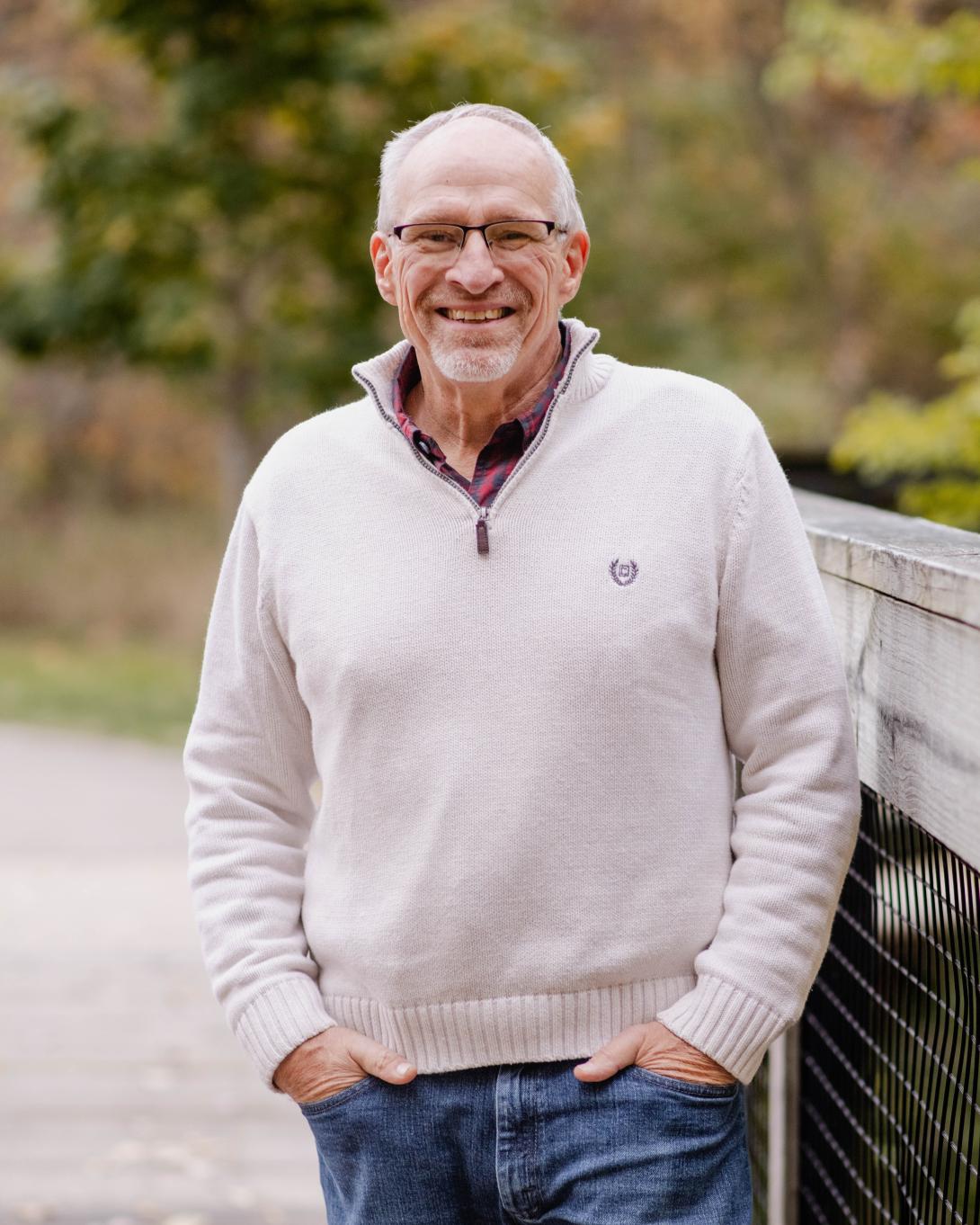Biography
Professor Moes teaches Introduction to Psychology (151), Introduction to Biological Psychology (244), Behavioral Neuroscience (343), Clinical Neuropsychology (344) and Psychology and Religion (399).
He received his Ph.D. in experimental psychology, with an emphasis in the "Chemistry of Behavior," from Texas Christian University. In addition to teaching at Dordt College in Iowa for 18 years, Professor Moes had the opportunity to spend a year at the University of St Andrews in Scotland teaching and conducting research on brain function with Professor Malcolm Jeeves. He continues to reflect on, and write about Christian approaches to understanding brain function, personal responsibility, and human nature.
Recent books completed by Professor Moes include Exploring Psychology and Christian Faith: An Introductory Guide, 2nd Ed. with coauthor Professor Don Tellinghuisen, and Integrating Psychology and Faith: Models for Christian Integration, with coauthor Professor Blake Riek.
Education
- M.S. (Montana State, 1979)
- Ph.D. (Texas Christian, 1982)
Professional Experience
• Professional Advisory Committee for the National Organization for Disorders of the Corpus Callosum
• Chairperson, Calvin University Institutional Review Board
Research
Professor Moes has spent several years investigating the nature of communication within the brain and how this relates to emotional and cognitive functions. For example, what happens when a structure called the corpus callosum, which is a set of nerve cells connecting the two sides of the brain, doesn't develop as it should? To help answer this question, Professor Moes has conducted several studies. For example, he collaborated with Professor Loren Haarsma (Physics) on one project to study how these corpus callosum nerve cells in mice change the way they communicate to other cells. See the link below for a brief overview of this project.
Professor Moes has also studied neurotypical individuals to determine the role of the corpus callosum in everyday function as well as human patients with a missing corpus callosum who show a variety of social and emotional difficulties (similar to autism). To study human participants, he has employed EEG (electroencephalogram) technology –funded by the National Science Foundation and individual gifts – to measure electrical activity in the brain as individuals engage in tasks such as using language, viewing emotional faces, or just daydreaming. See the second link below for an overview of his work using EEG.
Professional Services
- Regular participant in the International Neuropsychology Society Meeting
- Conducts student outcomes assessment
- Member, APS
Awards
External Funding Awards
2005 NSF Division of Biological Infrastructure, Major Research Instrumentation. Proposal Number: 052084. “Acquisition of Electrophysiology Patch-Clamp Equipment to Support Cross-Disciplinary Research and Undergraduate Research Training.” Principal Investigator: Loren Haarsma, Co-PI’s: Steve Matheson, John Ubels and Paul Moes.
2002-2003 NSF Department of Undergraduate Education, Track: Course Curriculum and Laboratory Improvement, Adaptation and Implementation. CDFA Number 47.076. "Adaptation and Implementation of an Electrophysiological Laboratory for Undergraduate Psychology and Physics Students." Principal investigator. ($12,689)
1987-1989 U.S. Dept. of Education Grant Recipient – Principal Investigator, ($42,000) Independent Schools: What Works. Washington D.C.. The Office of Education Research and Improvement (OERI), U.S. Department of Education.







